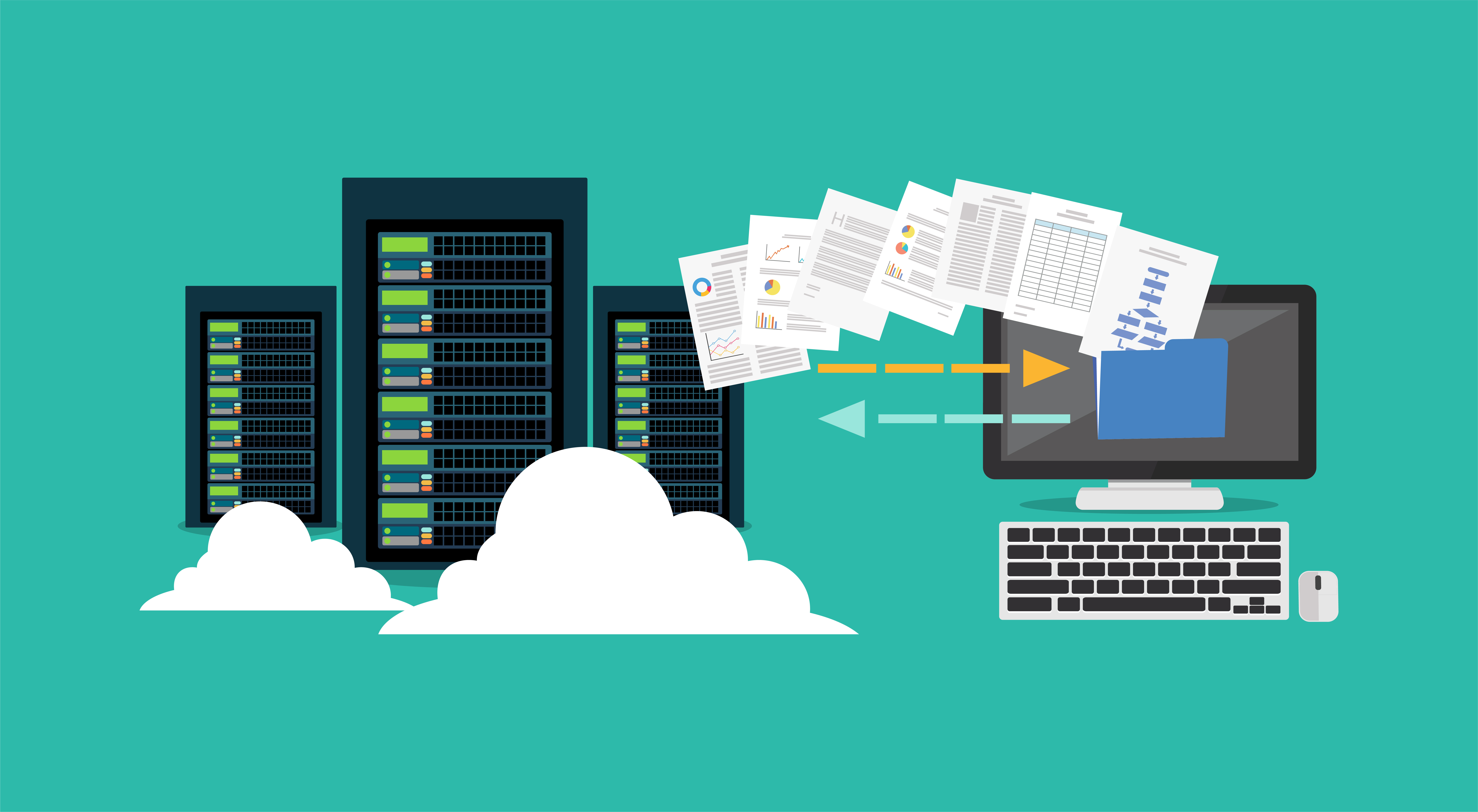
The Importance of Data Backup and Disaster Recovery in the Digital Age
From customer records and financial reports to product designs and strategic plans, losing data can cripple operations and damage reputation. Yet, many businesses underestimate the importance of data backup and disaster recovery (DR) until it’s too late. With rising cyber threats, natural disasters, and infrastructure failures, having a well-designed backup and recovery plan is no longer optional—it’s a survival strategy.
Why Backup and Disaster Recovery Matter
-
Business Continuity – Ensures minimal downtime and keeps operations running even after a crisis.
-
Data Security – Protects sensitive information from cyberattacks like ransomware.
-
Compliance Requirements – Many industries (finance, healthcare, law) mandate backup and retention policies.
-
Cost Savings – Recovery is faster and less expensive compared to recreating lost data manually.
📍 Example: A retail company in Nairobi recovered weeks of sales records within hours after a power surge thanks to cloud backups, while a smaller firm without a plan lost clients trying to rebuild files.
Common Risks of Not Having a Backup Plan
-
Cybersecurity threats: Ransomware can lock you out of your own files.
-
Human error: Accidental deletions and misconfigurations are still the top cause of data loss.
-
Hardware failures: Servers crash, and hard drives eventually fail.
-
Natural disasters: Fires, floods, or earthquakes can wipe out physical infrastructure overnight.
Key Elements of a Strong Backup & Disaster Recovery Strategy
-
Regular Automated Backups – Schedule daily or real-time backups to avoid gaps.
-
Offsite & Cloud Backups – Store copies in multiple locations (on-premises + cloud).
-
Disaster Recovery Testing – Regularly simulate crises to ensure recovery processes actually work.
-
Data Encryption & Security – Protect backup data against unauthorized access.
-
Clear Recovery Time Objectives (RTO) & Recovery Point Objectives (RPO) – Define how fast you must recover and how much data loss is acceptable.
-
Employee Awareness – Train staff on protocols during downtime or emergencies.
Best Practices for Businesses
-
Implement 3-2-1 Backup Rule: 3 copies of data, 2 different storage types, 1 offsite.
-
Use Cloud DR solutions for flexibility and scalability.
-
Regularly audit and update policies as business needs evolve.
-
Partner with a reliable managed service provider (MSP) for advanced backup and recovery support.
Real-World Use Cases
-
Financial Services: Banks ensure compliance and safeguard millions of transactions daily.
-
Healthcare: Hospitals rely on DR to keep patient data accessible even during outages.
-
SMEs: A simple cloud backup plan can prevent devastating downtime from a server crash.
Conclusion
Disasters don’t give warnings—they strike unexpectedly. A strong data backup and disaster recovery plan is not just IT hygiene; it’s a business necessity. Companies that prepare today will be the ones that survive, recover faster, and maintain customer trust tomorrow.
👉 Want to protect your business against data loss? [Insert your company name] provides tailored backup and DR solutions to keep your data safe and your business running—no matter what happens.